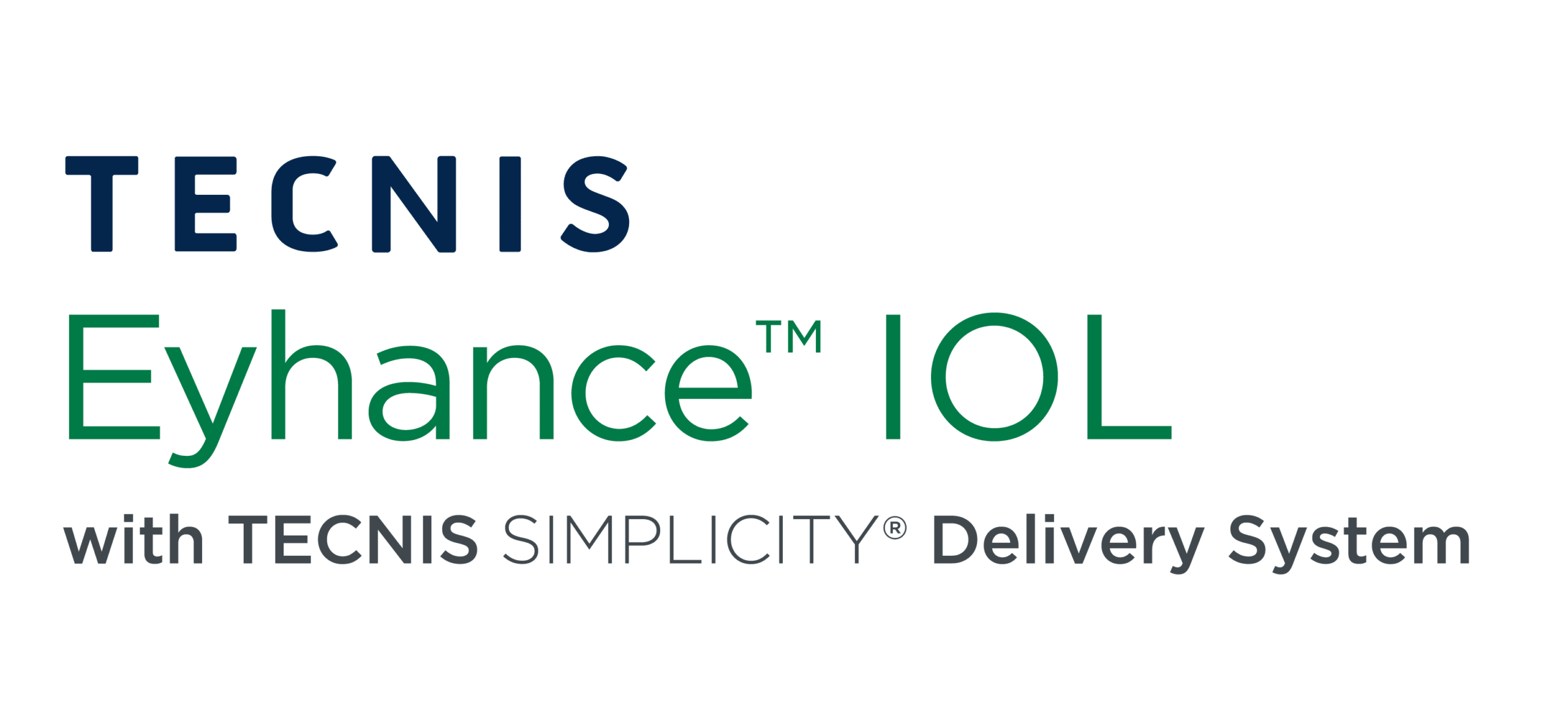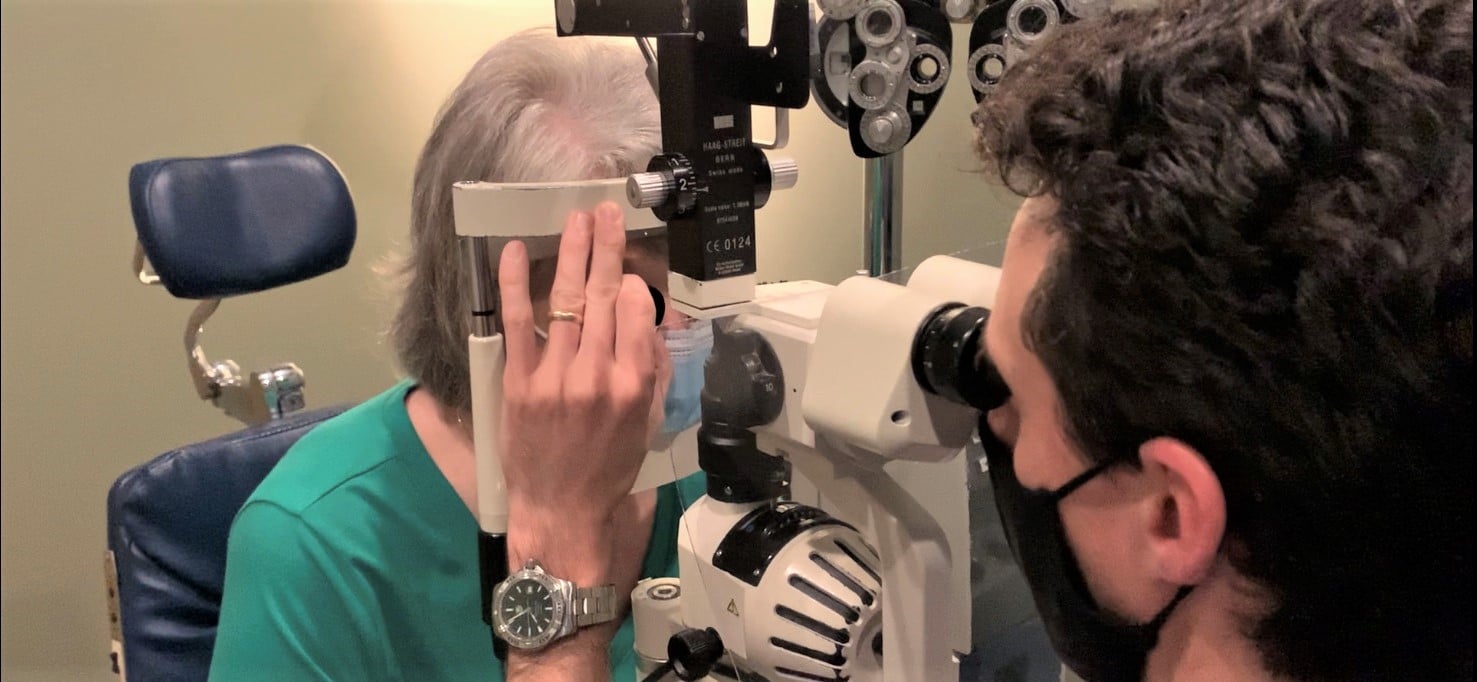It happens gradually—a steady loss of clarity as images blur and colors fade, as if you’re looking through a dirty window. This is the visual world of a person with advanced cataracts, a slow motion descent into blindness that eventually disrupts even the most routine activities of life.
But this kind of impaired vision can be reversed and a cataract patient’s eyesight restored, sometimes better than before. Two things make this seeming miracle possible: advanced surgical techniques and a small bit of clear polymer called an intraocular lens (IOL). These artificial lenses replace a patient’s natural eye lenses, which were clouded by the cataract and removed during surgery.
Emerging after the Second World War, the use of IOLs increased in earnest in the 1970s and 1980s. And just as cataract surgical techniques have improved, especially with the development of laser systems like CATALYS™ used by Hattiesburg Eye Clinic, so too have IOLs. The world of IOLs today can best be described by one word: choice.
That wasn’t always the case. In the years following their introduction, the majority of lenses were “monofocal.”
“A monofocal lens typically focuses only on one distance,” says Dr. Adam Quinn, eye surgeon with Hattiesburg Eye Clinic. “In most people that’s far away. They can see well unaided at a distance, but may need glasses to see up close or at an intermediate ‘dashboard’ distance.”
Another kind of IOL later developed, known as a “multifocal” lens. Dr. Quinn says these IOLs, most notably the TECNIS Symfony® lens, collect and distribute light from various distances, making it possible for many patients to see at all ranges of distance—near, far or intermediate—without the aid of glasses.
Now, there’s another addition to the IOL family—a new midrange lens called the TECNIS Eyhance™ IOL. The Eyhance™ is a monofocal lens, but with greater capabilities than a standard lens. It’s now the newest choice in IOLs offered to cataract patients by Hattiesburg Eye Clinic, among the first clinics in the nation to offer it.
“This lens represents another addition to our arsenal that we use to help patients regain the best possible vision to match their lifestyle,” says Dr. Quinn. “A patient can now choose whether they want a standard distance lens, something like the Eyhance™ lens with enhanced intermediate vision, or all the way up to a TECNIS Symfony® lens to also give them up-close reading vision.”
According to Dr. Quinn (who also was the first eye surgeon in the state to place Eyhance™ lenses in a patient), the new lens does more than other monofocal lenses because of its unique shape, which gives it a larger depth of focus. This allows patients not only to see objects clearly at a distance, but also those at the intermediate “dashboard” range. A patient with Eyhance™ lenses may not need glasses except with possibly up-close viewing.
All in all, the new Eyhance™ IOL gives Hattiesburg Eye cataract patients a “middle-ground” choice between a standard monofocal lens and a more advanced multifocal lens. Combining the affordability of a monofocal lens with some of the benefits of a multifocal could be appealing to many patients.
“We’re excited to be one of the first groups in the country to offer the new Eyhance™ lens,” says Dr. Quinn. “We consider it to be the latest and greatest in monofocal technology now available.”
To learn more about the Eyhance™ IOL and other intraocular lens options, visit Hattiesburg Eye Clinic at www.hattiesburgeyeclinic.com or call them at 800-624-8254.


